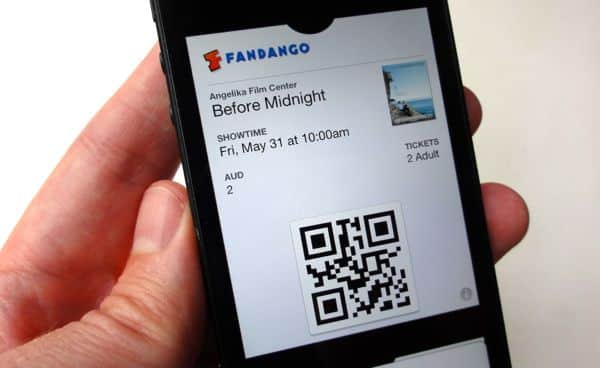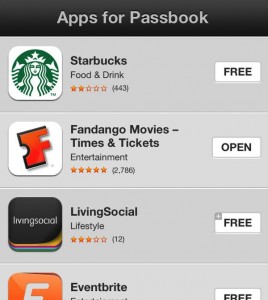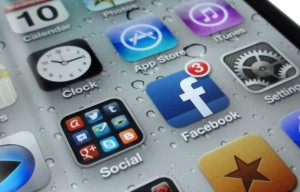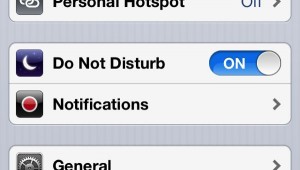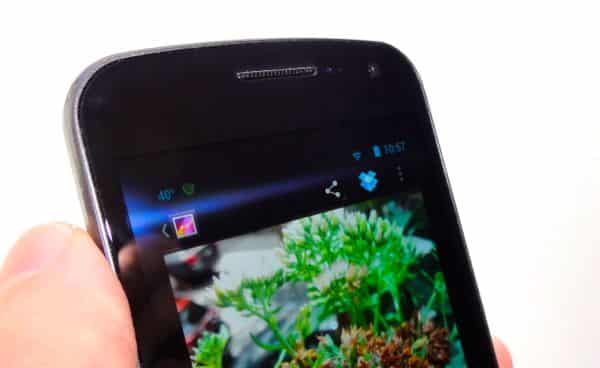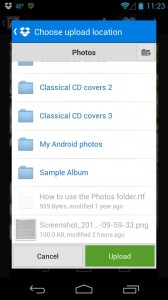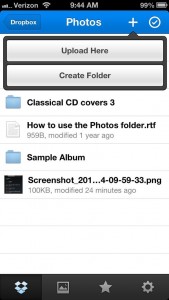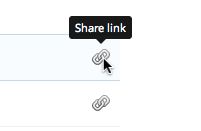 Want
to organize the pile of snapshots sitting in your iPhone’s camera roll?
Try this: just create a new album or two, then start sorting.
Want
to organize the pile of snapshots sitting in your iPhone’s camera roll?
Try this: just create a new album or two, then start sorting.There are actually a couple of ways to make a photo album on your iPhone or iPad: one is to create a new, empty album and then start adding photos to it, while the other is to select one or more images first and then create a new album.

Just tap the photos you want to add to a new album, then tap the “Add To” button.
- Let’s begin by selecting some photos and adding them into a new album. Tap the Photos icon from your iPhone’s or iPad’s home screen, tap the Albums tab, select Camera Roll, then tap the Edit button.
- Now, it’s time to pick some photos. Tap a few—as many as you like—then press the “Add To” button at the bottom (on an iPhone) or top (on an iPad) of the screen.
- Next, an “Add to New Album” button will appear. Go ahead and tap it, then type a name for your album in the pop-up window. If you’ve already created some new photos albums on your iPhone/iPad, you’ll see an “Add to Existing Album” button in addition to “Add to New Album.”
- Finally, tap the “Save” button, and voilà—your new photo album will appear at the bottom of the Album list.
- From the Album screen, tap the “+” button sitting on the top-left corner of the screen.
- Name your new photo album and tap “Save.”
- If you’re using an iPad, you’ll next see a screen of images from your Camera Roll; tap to select photos to add to your new album, then tap the Done button when you’re finished.
- On an iPhone, tap a photo album from the list that appears, then start tapping photos to add to your new album. You can also pick and choose from your Photo Stream by tapping the Photo Stream tab at the bottom of the screen.
Bonus tip
You can rearrange or delete photo albums on the iPhone by tapping the Edit button on the Albums screen. On the iPad, just tap, hold, and drag a photo album to rearrange it, or tap the Edit button and tap the little “x” on an album to delete it.Oh, and one more thing: Keep in mind that you can delete an album without trashing the photos inside it.
Source http://heresthethingblog.com
How to create a new photo album
